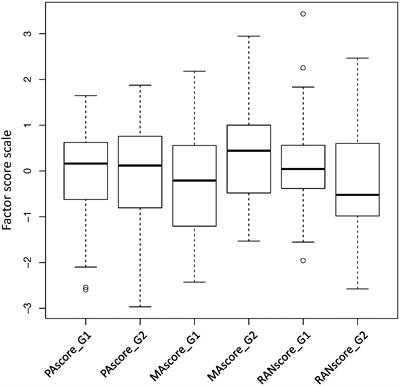
Medicine by Alexandros G. Sfakianakis,Anapafseos 5 Agios Nikolaos 72100 Crete Greece,00302841026182,00306932607174,alsfakia@gmail.com,
Ετικέτες
Τετάρτη 26 Φεβρουαρίου 2020
Pinyin Is an Effective Proxy for Early Screening for Mandarin-Speaking Children at Risk of Reading Disorders
Pinyin Is an Effective Proxy for Early Screening for Mandarin-Speaking Children at Risk of Reading Disorders:
 Reading disorders (RD) are common and complex neuropsychological conditions associated with decoding printed words and/or reading comprehension. Early identification of children at risk of RD is critical to allow timely interventions before mental suffering and reading impairment take place. Chinese is a unique medium for studying RD because of extra efforts required in reading acquisition of characters based on meaning rather than phonology. Pinyin, an alphabetic coding system mapping Mandarin sounds to characters, is important to develop oral language skills and a promising candidate for early screening for RD. In this pilot study, we used a cohort of 100 students (50 each in Grades 1 and 2) to derive novel profiles of applying Pinyin to identify early schoolers at risk of RD. Each student had comprehensive reading related measures in two consecutive years, including Pinyin reading and reading comprehension tested in the first and second year, respectively. We showed that Pinyin reading was mainly determined by phonological awareness, was well developed in Grade 1 and the top predictor of reading comprehension (explaining ∼30% of variance, p < 1.0e-05). Further, students who performed poorly in Pinyin reading [e.g. 1 standard deviation (SD) below the average, counting 14% in Grade 1 and 10% in Grade 2], tended to perform poorly in future reading comprehension tests, including all four individuals in Grade 1 (two out of three in Grade 2) who scored 1.5 SDs below the average. Pinyin is therefore an effective proxy for early screening for Mandarin-speaking children at risk of RD.
Reading disorders (RD) are common and complex neuropsychological conditions associated with decoding printed words and/or reading comprehension. Early identification of children at risk of RD is critical to allow timely interventions before mental suffering and reading impairment take place. Chinese is a unique medium for studying RD because of extra efforts required in reading acquisition of characters based on meaning rather than phonology. Pinyin, an alphabetic coding system mapping Mandarin sounds to characters, is important to develop oral language skills and a promising candidate for early screening for RD. In this pilot study, we used a cohort of 100 students (50 each in Grades 1 and 2) to derive novel profiles of applying Pinyin to identify early schoolers at risk of RD. Each student had comprehensive reading related measures in two consecutive years, including Pinyin reading and reading comprehension tested in the first and second year, respectively. We showed that Pinyin reading was mainly determined by phonological awareness, was well developed in Grade 1 and the top predictor of reading comprehension (explaining ∼30% of variance, p < 1.0e-05). Further, students who performed poorly in Pinyin reading [e.g. 1 standard deviation (SD) below the average, counting 14% in Grade 1 and 10% in Grade 2], tended to perform poorly in future reading comprehension tests, including all four individuals in Grade 1 (two out of three in Grade 2) who scored 1.5 SDs below the average. Pinyin is therefore an effective proxy for early screening for Mandarin-speaking children at risk of RD.

Αναρτήθηκε από
Medicine by Alexandros G. Sfakianakis,Anapafseos 5 Agios Nikolaos 72100 Crete Greece,00302841026182,00306932607174,alsfakia@gmail.com,
στις
10:12 μ.μ.

Ετικέτες
00302841026182,
00306932607174,
alsfakia@gmail.com,
Anapafseos 5 Agios Nikolaos 72100 Crete Greece,
Medicine by Alexandros G. Sfakianakis,
Telephone consultation 11855 int 1193
Εγγραφή σε:
Σχόλια ανάρτησης (Atom)

Δεν υπάρχουν σχόλια:
Δημοσίευση σχολίου